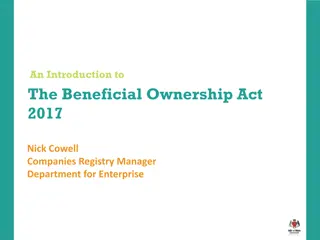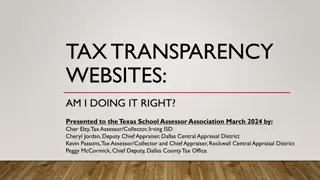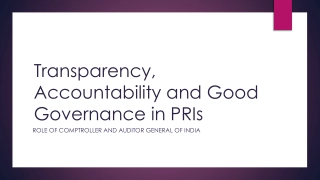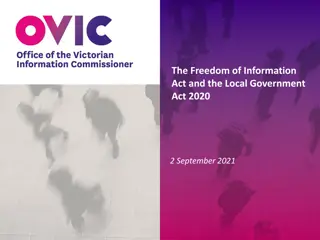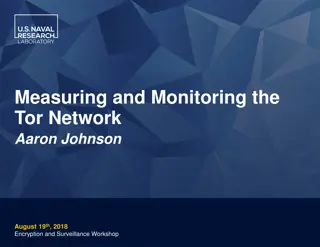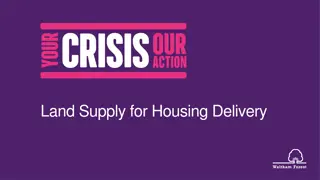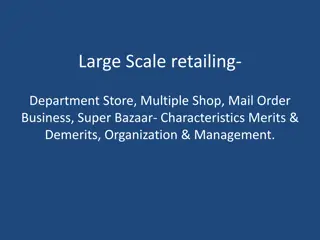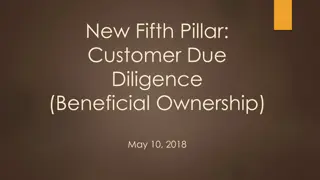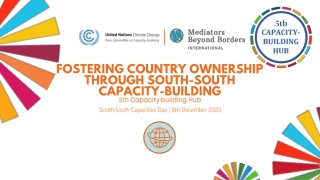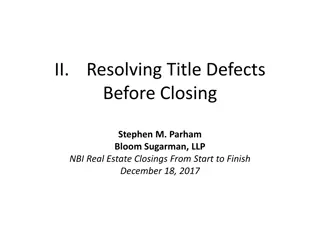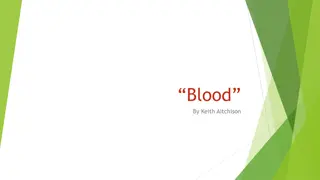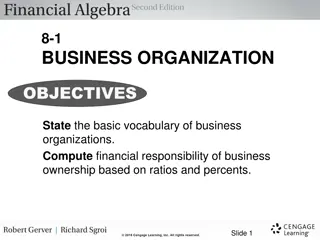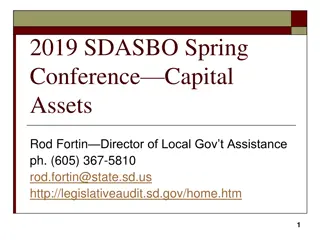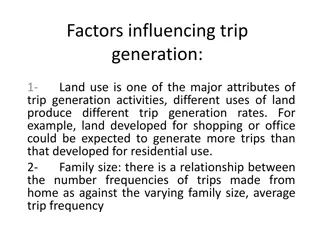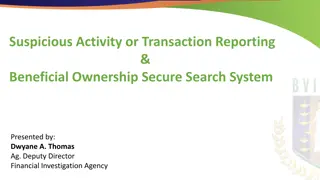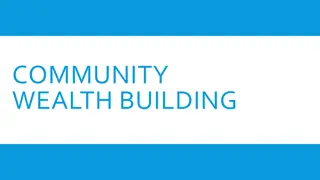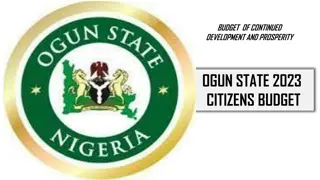Enhancing Transparency in Ownership: A Comprehensive Overview
Explore the establishment of a beneficial ownership register in North Macedonia, outlining key elements like deadlines, mandatory data, legal considerations, and filing obligations. Discover the importance of data quality, access, and interoperability among entities and people, including processes for foreign involvement.
Download Presentation

Please find below an Image/Link to download the presentation.
The content on the website is provided AS IS for your information and personal use only. It may not be sold, licensed, or shared on other websites without obtaining consent from the author. Download presentation by click this link. If you encounter any issues during the download, it is possible that the publisher has removed the file from their server.
E N D
Presentation Transcript
ESTABLISHING A BENEFICIAL OWNERSHIP REGISTER DATA VERIFICATION Ljubinka Andonovska Ljubinka Andonovska Central Register of the Republic of N. Macedonia
LEGAL FRAMEWORK KEY ELEMENTS Deadlines Deadlines 90 days for existing entities 8 days from incorporation 8 days from any change Mandatory Data Mandatory Data Personal data on the BO Nature and extent of ownership/control The Register The Register Legal and Policy Legal and Policy Considerations Considerations end-to-end electronic notice-based liberal filing capability interoperability for sourcing data public data in optimal format future-proof Definition of Beneficial Owner Definition of Beneficial Owner 25% threshold; direct/indirect ownership or control Senior manager in case no one fits the definition Sanctions and consequences Sanctions and consequences Inability to establish a client relationship with an obliged entity/suspension of a client relationship Monetary fines (dissuasive?) Scalable filing tariff Filing Obligations & Exceptions Filing Obligations & Exceptions Companies, NGOs, foundations, [trusts] Exceptions for: sole traders, LEs in liquidation/ bankruptcy, listed companies, budget users
DATA QUALITY BY DESIGN 1. Public register 2. Data sourcing 3. Obliged entities 4. FIU
DATA ACCESS What does the What does the public do with the public do with the information? information? 1 2 3 On Inquiry online Automatic Exchange of Information Central Register counters FIU Obliged entities Competent Authorities General public General public General public General public Banks (clearing house) Other obliged entities Competent Authorities
INTEROPERABILITY ENTITIES ENTITIES PEOPLE PEOPLE Trade Register Population Register Register of Other Legal Entities crucial for data quality Register of State-owned Enterprises first public service in the country to establish interoperability API in filing AND in information issuing (reducing administrative burden) BENEFICIAL OWNERS REGISTER documentation and system alignment sourcing LE info recognizing exempt categories What about foreigners ? What about foreigners ?
DATA USE API W/ BANKS What about entities that never come in What about entities that never come in contact with an obliged entity ? contact with an obliged entity ? The heavy artillery for BO data verification Mandatory to enter search basis (predefined list) Information by LE Information by BO Data received at cut-off date for all clients Filing history by LE and by BO Summary of Summary of changes by changes by Incorporate this new information within their own client applications date date
DATA USE FIU User privileges: 3-5 risk levels for each LE (configurable) (1) FIU data processing for risk calculation (2) obliged entities obtaining level of risk for clients RISK SCORING Risk assessment criteria combination of legal and beneficial ownership data (offshore, frequency of changes, natural person related to mult. LEs); PEP status Service to provide all LEs at a given risk category Service to return a list with all LEs with a risk re-categorization on a daily basis
KEY LESSONS LEARNED Understand how the register fits within the national AML/CFT framework Engage key stakeholders through dialogue It s not over till it s over! + Continue to learn!
Do you have any questions? THANKS! l ljubinka.andonovska@crm.org.mk jubinka.andonovska@crm.org.mk crm.org.mk
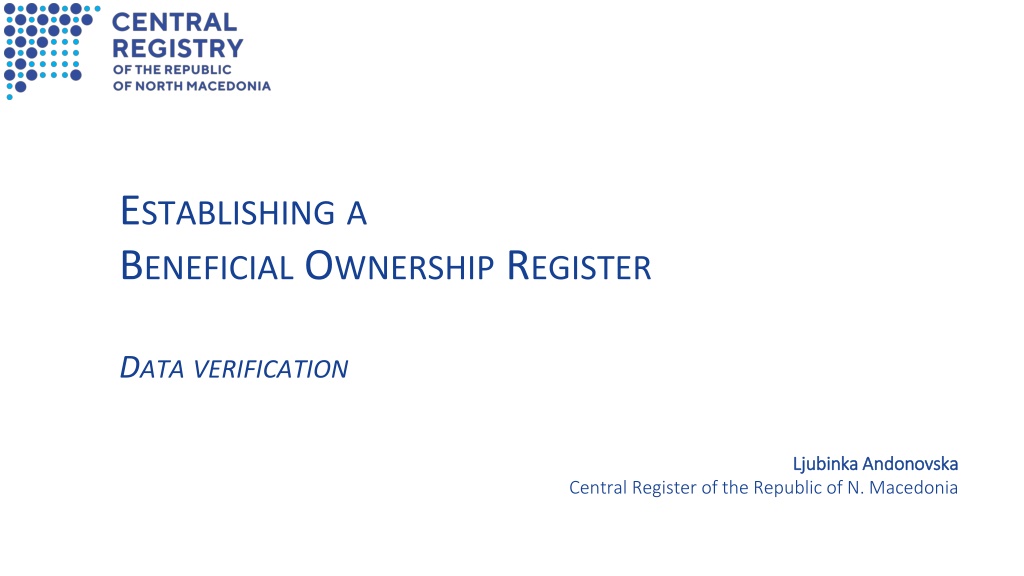

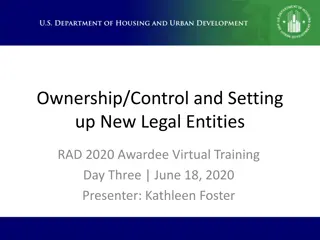

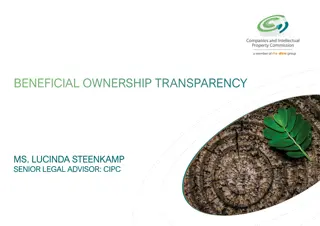
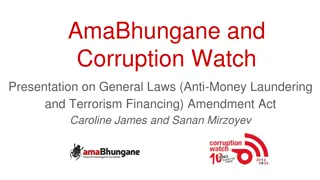

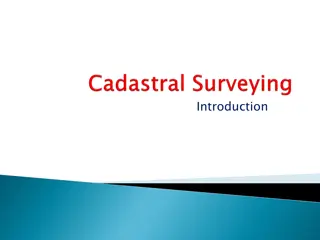
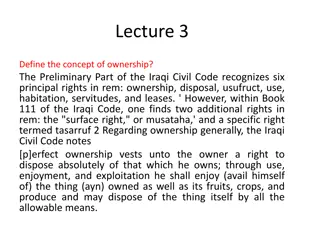
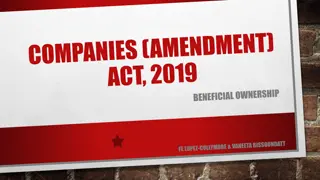
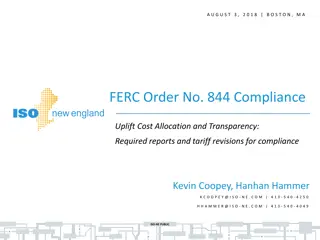
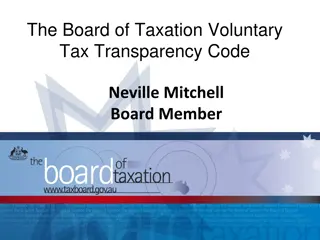
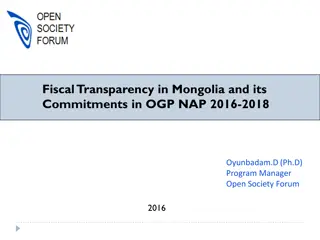

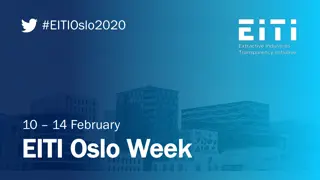

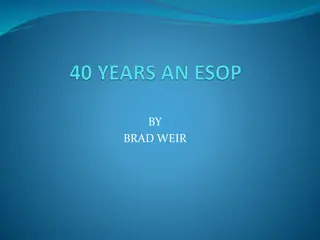


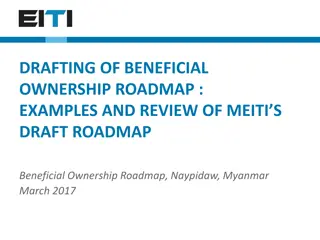
![Enhancing Corporate Transparency: Analysing The Companies Amendment Bill [B27B-2023]](/thumb/60028/enhancing-corporate-transparency-analysing-the-companies-amendment-bill-b27b-2023.jpg)
